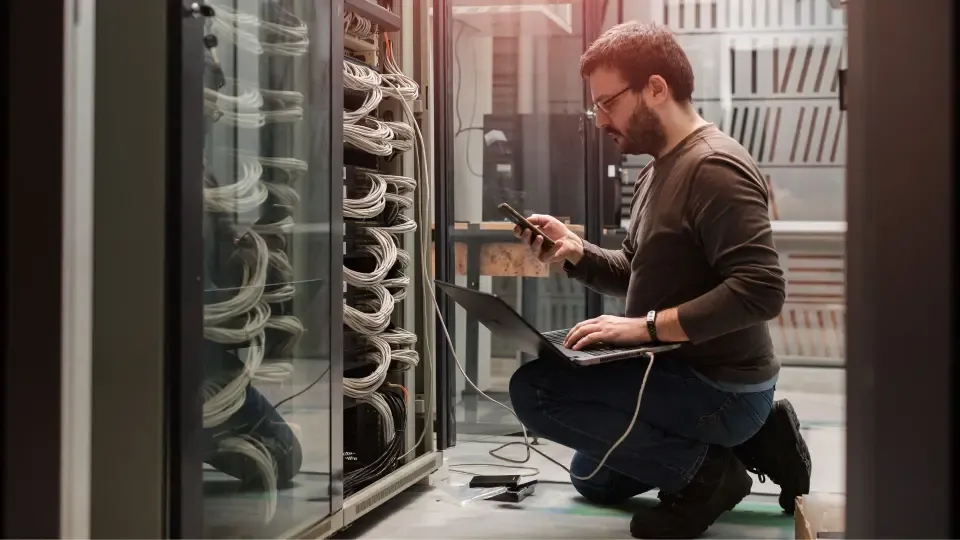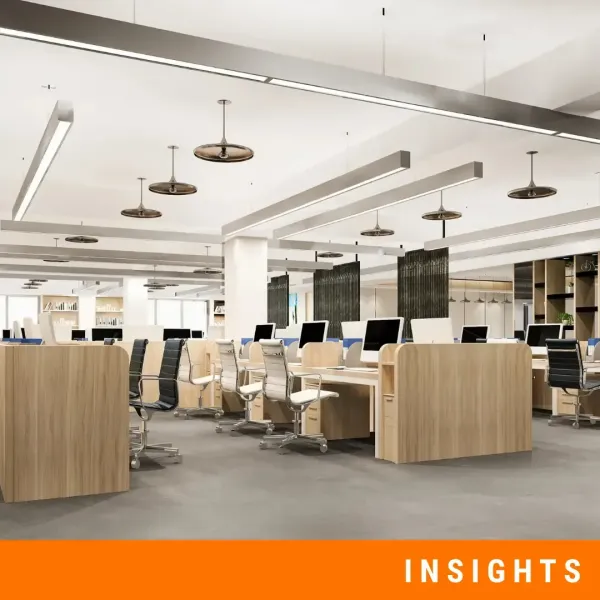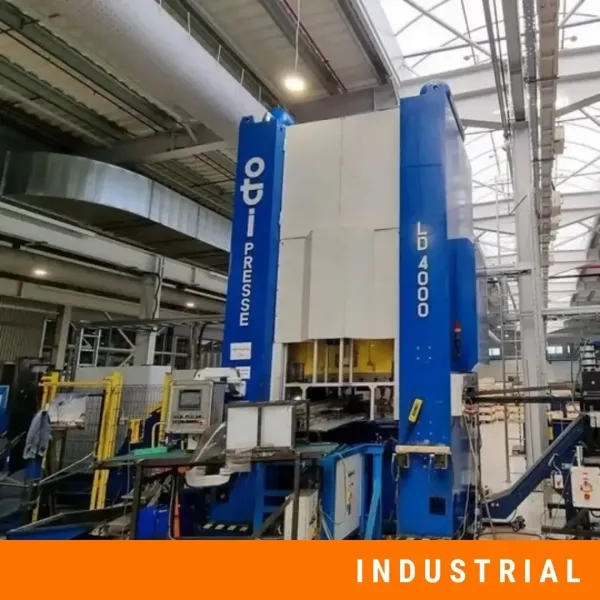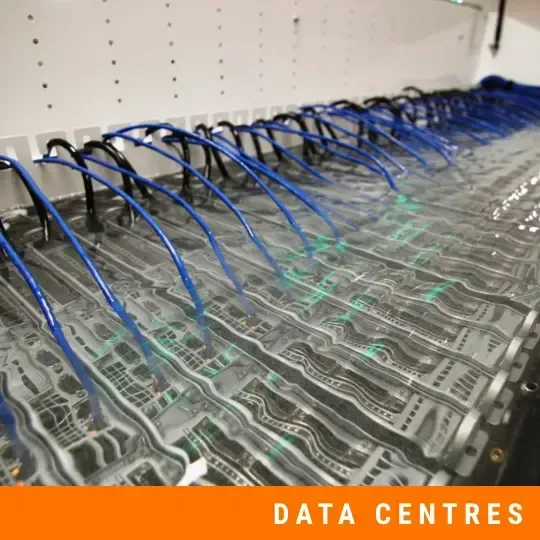Smart Soundproofing for Server Rooms in Data Centers
Server rooms are noisy by nature. The constant hum of cooling fans, power supplies, and ventilation systems can easily reach uncomfortable sound levels. In many facilities, this noise is ignored until it becomes a problem.
While most people focus on cooling, security, and uptime, few realise that server room noise can affect both people and equipment. It can cause distractions in nearby work areas, increase stress for staff, and create long-term acoustic issues in shared office or data centre spaces.
Soundproofing a server room protects sensitive environments, supports better communication, and reduces the transmission of unwanted noise to adjacent rooms.
Let's learn what causes server room noise, why it matters, and which soundproofing strategies can make a real difference, without compromising airflow or equipment access.
Why Do Server Rooms Get So Loud?
Server rooms might seem quiet from the outside, but in reality, inside, they create an intense level of noise. This comes from the many systems that keep servers running safely and continuously.
Main Sources of Noise in Server Rooms
The most common contributors to noise in a server room are:
- Cooling fans run at high speeds to manage heat and are usually the loudest source.
- HVAC systems, such as large ducts, chillers, and air handling units, move a high volume of air and often create a deep rumble.
- Power supplies and UPS systems, these backup systems create constant hums and sometimes clicking sounds during transitions or testing.
- Racks and vibration, the equipment vibration can transfer through the rack structure into walls and floors, especially in older buildings.
Noise levels in server rooms typically range from 70 to 85 dB(A). This is about the same as standing next to a busy street or inside a metro station. This can exceed safe exposure levels if staff are working for long periods.
According to the American Society of Heating, Refrigerating and Air-Conditioning Engineers (ASHRAE), long-term exposure to such noise should be managed carefully to maintain safety in technical working conditions

Impact of Noise in Data Centre Environments
Even if the equipment is working well, unmanaged noise can create problems for people and nearby systems.
For the employees who are working near loud server rooms, it can lead to fatigue, stress, and difficulty focusing, especially in workspaces where technical and office areas share walls or ceilings.
On the other hand, for adjacent rooms, such as control centres, meeting rooms, or shared corridors, server noise may leak through partitions or ducts, lowering acoustic comfort.
And regarding building compliance, some regulations set noise limits for commercial and shared-use buildings. Constant noise from server rooms may need to be treated.
In modern facilities, server rooms are quite often close to people. Soundproofing helps prevent noise from spreading, improves the work environment, and helps ensure long-term acoustic control.
Challenges of Soundproofing Server Rooms
Soundproofing a server room is not the same as soundproofing a regular room. Servers need a lot of air. They also require frequent maintenance and cooling systems that operate nonstop. Because of this, you can’t just block all sound with thick walls and closed doors.
Balancing Ventilation and Noise Control
The biggest challenge is keeping airflow open while keeping sound in. But ventilation systems, especially ducts, louvers, and fan units, are also some of the loudest components. If these aren’t treated acoustically, sound will travel through the openings.
That’s where acoustic louvers, duct silencers, and vent baffles become important. These products allow airflow to continue, but reduce the amount of noise that escapes. They are designed to absorb sound without blocking the air movement inside. This makes them great for soundproofing server rooms where cooling systems must operate.
Structure-Borne Noise Through Floors and Walls
Another challenge is vibration. Servers and cooling fans often produce low-frequency vibration that moves through the racks and into the building structure. This is called structure-borne noise. When left untreated, these vibrations can pass through walls, floors, and ceilings, especially in buildings with lightweight partitions.
In order to solve this, you need anti-vibration pads, mounts, or floating floor solutions that isolate the equipment from the surrounding structure. These products lower the transfer of vibration and keep the sound energy from spreading.
Sound doesn’t always travel through the air. In server rooms, it often moves through metal, concrete, and support frames. That’s why treating both airborne and structural paths is important.

Practical Soundproofing Solutions for Server Rooms
Materials and methods used to soundproof a server room must complement the equipment rather than interfere with it. Insulating everything and hoping for the best is not an option. The objective is to minimise noise while maintaining complete functionality of safety, access, and circulation.
Acoustic Panels for Walls and Ceilings
Walls and ceilings are the first place to treat. Sound from servers bounces off these hard surfaces and fills the room with echo and background noise.
Acoustic panels help absorb this sound and reduce the overall noise level inside the space. For server rooms, it’s best to use fire-resistant and easy-to-clean materials. Metal perforated panels like DECIBEL’s PZP™ panels are often used because they control noise without affecting the fire safety requirements.
Acoustic Doors and Window Seals
Server room doors are another common weak point. If the door isn’t treated, sound will easily escape through gaps or thin materials. Acoustic doors are solid-core and have seals around the edges. If there are any glass windows or vision panels, using acoustic glazing helps block noise without losing the needed visibility.
Cables, conduits, or ventilation units passing through walls or ceilings should also be sealed. Sound can pass through the smallest gaps, especially at high frequencies.
Floor Underlays and Anti-Vibration Isolation
Floors are often forgotten, but they do matter quite a bit. Equipment racks and cooling units rest directly on the floor, and that’s where vibration enters the structure.
Placing anti-vibration mounts, rubber pads, or floating floors under heavy units reduces the movement that passes into the concrete. This also protects the rest of the building. Furthermore, DECIBEL products, such as the FM Pad, are designed for this exact type of vibration control. They’re easy to install and don’t affect equipment access.
Designing for Retrofitting vs New Builds
The strategy of soundproofing a server room is decided by when the work begins. New buildings provide more flexibility, yet retrofitting is feasible with minimal interruption. Both solutions have particular techniques that can successfully cut down on noise.
Adding to Existing Server Rooms
Most server rooms are already built and running. Shutting them down for construction isn’t always an option. That’s why retrofitting must be fast, clean, and non-invasive.
Some of the best retrofit soundproofing options include:
- Wall-mounted acoustic panels - easy to install without touching the equipment. They absorb internal sound and reduce echo.
- Ceiling baffles - hanging from above, they cut noise buildup without blocking ventilation.
- Anti-vibration pads under equipment - isolate vibration and prevent it from entering floors and walls.
- Noise barriers or acoustic curtains - in open or shared rooms, they create partial separation to contain sound.
These solutions can be added in phases. That means no need to pause operations or move the servers. With proper planning it is practical for most data centres.

Optimising Soundproofing in New Builds
When designing a new facility, it’s easier to plan for acoustic performance from the beginning. This allows for more effective solutions to be integrated directly into the structure without disrupting future operations. Mechanical systems can be routed through isolated zones, keeping duct noise and vibrations away from sensitive work areas. Acoustic doors and treated wall assemblies help reduce sound transmission between rooms, supporting quieter zones for monitoring or nearby offices.
Ventilation systems can include acoustic louvers and duct silencers, which reduce airflow noise while maintaining the cooling efficiency required by ASHRAE guidelines. Floating floors or isolated platforms can also be built into the layout to prevent structure-borne noise from traveling through the concrete. With the right planning, these solutions do not increase complexity.
Quiet Server Rooms Work Better
Noise in server rooms is often ignored, but as we have learned, it shouldn’t be. Over time, the sound from cooling fans, ventilation systems, and running servers can create real problems. It affects nearby staff, increases stress, and spreads into nearby rooms. In some cases, it can even interfere with sensitive equipment or violate building noise limits.
Good soundproofing makes an obvious difference. It reduces noise without blocking airflow, damaging equipment, or changing how the room works. The right acoustic strategy will protect your equipment, support staff comfort, and improve the overall performance of the facility.
Need expert support?
Contact DECIBEL to explore custom soundproofing solutions for server rooms that balance acoustic control with airflow, access, and reliability.



